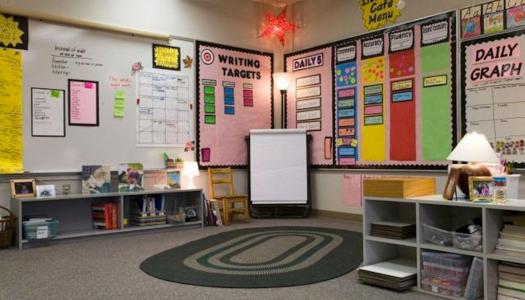Research—The Power of Reading
Join Our Community
Access this resource now. Get up to three resources every month for free.
Choose from thousands of articles, lessons, guides, videos, and printables.
 We love to read educational research. It is an important part of keeping current and refining our thinking and practice to help kids achieve high standards.
We love to read educational research. It is an important part of keeping current and refining our thinking and practice to help kids achieve high standards.
If research isn’t your favorite genre, you may want to read this very palatable research book, The Power of Reading: Insights from the Research by Stephen D. Krashen.
Here are some quotes from the book that resonated with me, and may with you as well.
Regarding Urgency
Free reading is extremely pleasant and results in superior general knowledge (p. 3).
This is why Daily 5 works so well. Students are given extended periods of time to read self-selected books that are pleasurable and increase their skills and vocabulary.
The study of complex grammatical constructions does not help reading (or writing); rather, mastery of complex grammar is a result of reading (p. 28).
Voracious reading expands vocabulary, improves fluency, and develops familiarity with our many grammatical rules.
Reading is good for you. The research, however, supports a stronger conclusion: Reading is the only way, the only way we become good readers, develop a good writing style, an adequate vocabulary, advanced grammatical competence, and the only way we become good spellers (p. 37).
This is where the sense of urgency comes in with our students. Reading is the only way to become a good reader!
[T]he intrinsic reward of reading is so great that it will stimulate additional reading (p. 116).
We don’t give stickers or pencils or anything else. We model the joy that comes from reading and trust that it will be contagious.
Regarding Book Choice
Also of interest is Mason’s observation that students did not progress linearly from easy to hard books. Some students read easy books after reading some more difficult texts, and then returned later to harder books (p. 7).
This research is one reason we don’t limit our students to a numerical or alphabetized level. Students are free to read a variety of texts that are a good fit.
When books are readily available, when the print environment is enriched, more reading is done (p. 57).
We do what we have to (short of stealing) to get high-quality books into students’ hands. We check them out from the public library, purchase them at garage sales, ask parents to donate books their children have outgrown, ask parents to donate a book on a child’s birthday instead of bringing treats, ask parent/teacher groups to help, and frequently spend our own money on them.
Children are more likely to select books for independent reading that teachers have read to them (p. 78).
This is why we will never give up reading aloud. You can tell when a read-aloud has blessed a book by the chorus of “Can I have that book!?” that erupts at its conclusion.
Directing children to read may backfire if the reading material is not appropriate, that is, either not interesting or not comprehensible, or both (p. 87).
We train students to select good-fit books and revisit the importance of good-fit books on a weekly basis in whole-group lessons or during one-on-one conferences.
[A] print-rich environment is not a luxury but a necessity (p. 151).
This is especially true for our students who do not come from print-rich homes. We must immerse them in lots of high-quality fiction and nonfiction books.
Regarding Time to Read
Richard Allington’s research led him to this conclusion: Poor readers don’t get to read much in reading groups. Those who can read well are allowed to do more free reading. Those behind in reading have to do more worksheets, workbook pages, and exercises, a practice that can only increase the gap (p. 39).
It’s why we are determined to provide our students with time to read, every single day, and why we don’t waste their precious reading time with busywork.
Trelease (2001) has suggested that a single very positive reading experience, one “home run book,” can create a reader (p. 82).
This is why we are voracious readers of children’s literature ourselves, so we can be ever ready to match a child with what might be their home-run book.
Simply providing time to read results in more reading (p. 85).
Time to read is sacred. We may let other things go, but daily time to read isn’t something we sacrifice.
Sharing
Sustained silent reading was significantly better than traditional instruction when readers interacted with each other, that is, when they discussed their reading with each other and shared books (p. 42).
We love talking about what we are reading. Our students do too. We must make sure we are providing time for them to talk about their books.
The research could not be clearer. If we want to produce readers, we have to get them reading.







